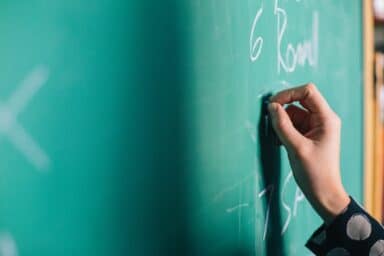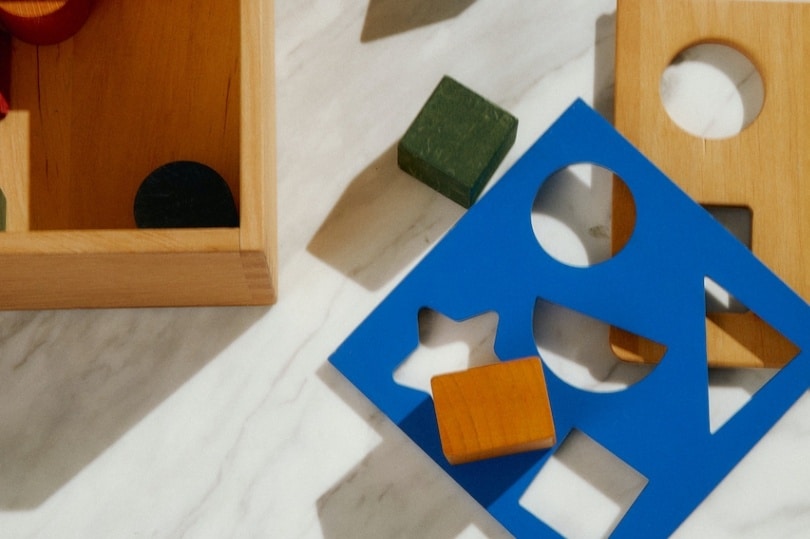Learning Disabilities
Helping Children with Learning Disabilities
Practical parenting tips for home and school
16 mins

Learning disabilities affect how a child understands, processes, and responds to new information. By better understanding your child’s challenges, you can help them succeed in school and in life.
View FAQs
Practical parenting tips for home and school

The different types of learning disorders and their signs


What Attention Deficit Hyperactivity Disorder looks like in kids
